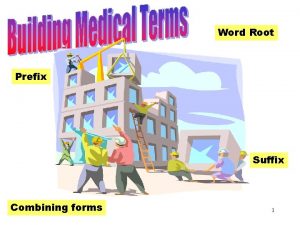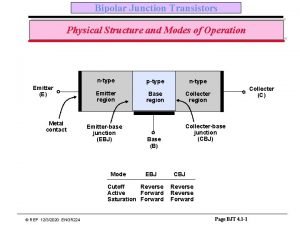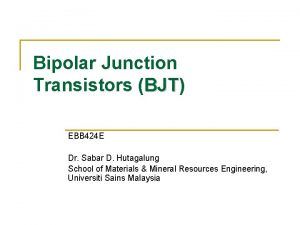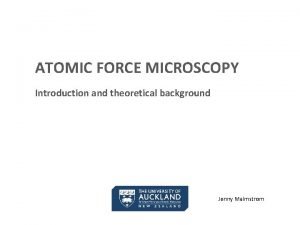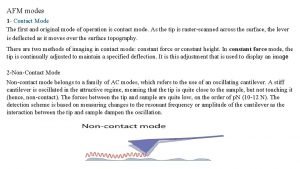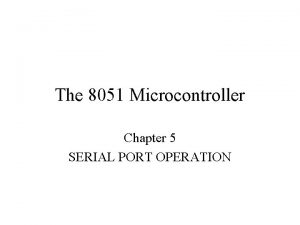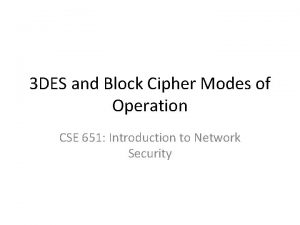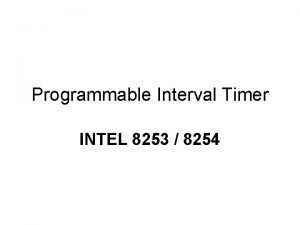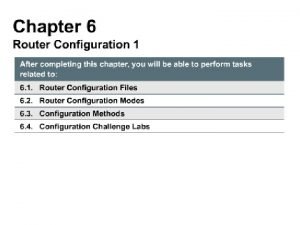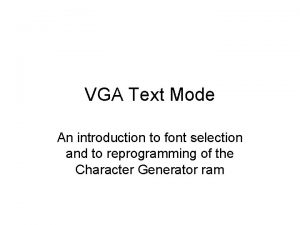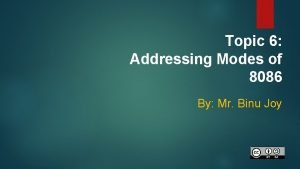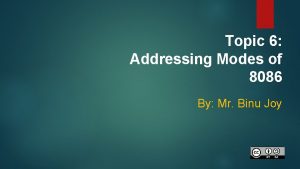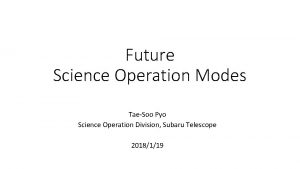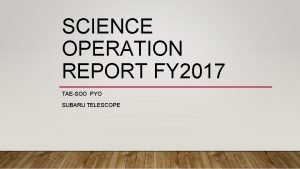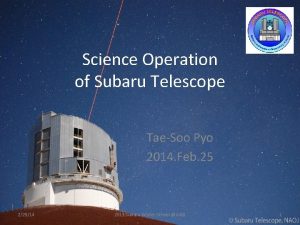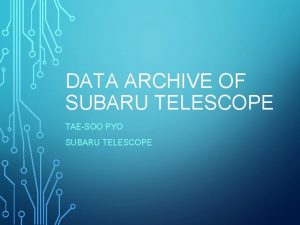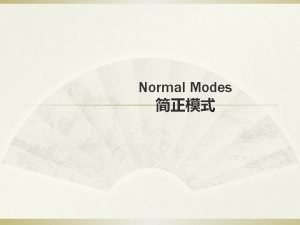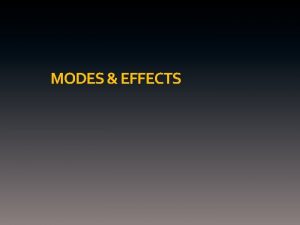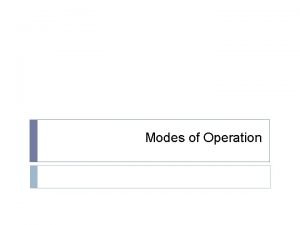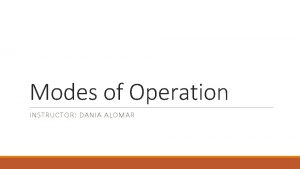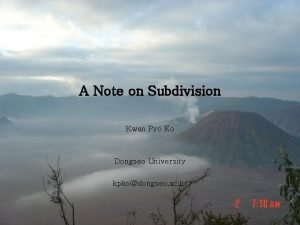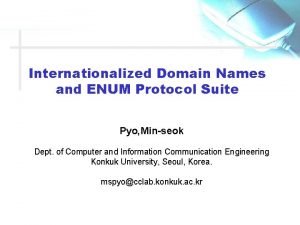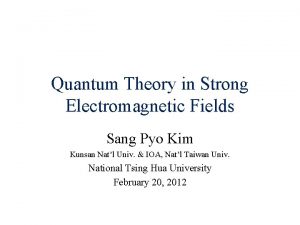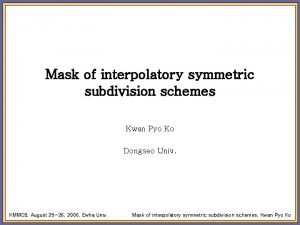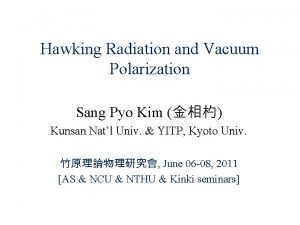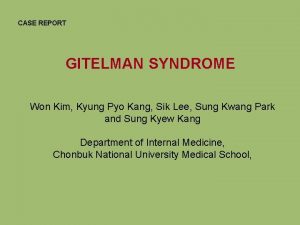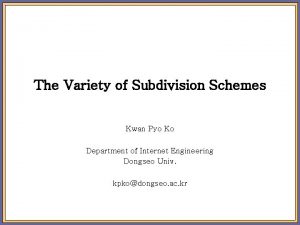Future Science Operation Modes TaeSoo Pyo Science Operation




























- Slides: 28

Future Science Operation Modes Tae-Soo Pyo Science Operation Division, Subaru Telescope 2018/1/19

Background: Current and near Future 1. Significant reduction of operation budget from government 2. Reconfiguration of instruments with wide-field survey type instruments • HSC, PFS, ULTIMATE-Subaru will be the main instruments (Queue mode) Reduce the operation cost • • Reduce Users travel costs(3千万円) Reduce traffics to summit Reduce HP expenses (2千万円) Increase observer’s role Efficient survey type operation • Queue mode operation • Limited number of open-use nights

Future Operation Modes Full Remote Observation Queue mode • No summit attendant • Observers at Mitaka/Hilo/Other sites • SA/Operator at Hilo • Survey (SSP: HSC, PFS, ULTIMATE) • IRD <-> SCEx. AO/CHARIS or IRCS • SA(1)+OSA(1) operation

Transition…. 1 -3 Observers 1 SA (help) ote m e R l l u F ( Classical ) 1 Operator at Hilo 1 -3 Observer 1 Operator 1 SA Queu Operation at Mitaka/Hilo e mo Operation at summit de 1 Operator 1 SA Operation at Hilo

Benefits Full Remote Reduce workloads of SAs Difficulty of troubleshooting Reduce summit traffic Accommodation/food service in Hilo Reduce travel/HP expenses Data quality control Queue Con. Efficient survey observation Allow Time Series observation (Cadency, Variable, . . . ) Difficulty of communication with observers Needs easy UI for observers (soft wares) Needs more work for staffs (Queue Coordinator, FQA staff, IQA by SA)

Queue Mode Operation: HSC, PFS, Ns. IR • Currently only HSC since S 16 A. • Open Use (several nights) + HSC SSP (several nights) • Based on observational constraints: Seeing, Transparency, Moon phase and separation angle. • Observational block shorter than 100 minutes. • SA (1) + OSA (1) operation • PFS operation is planning to do queue mode operation. • Ns. IR platform: SCEx. AO <->CHARIS<->IRD (between PI instruments) • • IRD requests hour base observational planning. SCEx. AO/CHARIS necessary very good seeing condition. The switching between instrument is take just a few minutes. Support staff must know how to handle all SCEx. AO/CHARIS/IRD instruments.

Queue Mode Operation for Various Instruments Difficult to adequate queue mode to the various instruments. • Other instruments • There are requests for the other facility instruments. • IRCS+AO 188 <-> IRD, SCEx. AO/CHARIS <->IRD • A beam switcher project at Ns. IR is on going as a technical collaboration with AAO, which will allow to switch among all instruments at Ns. IR. • IR M 2: switch between foci (~ 20 -30 min) • Ns. IR: IRD, IRCS or SCEx. AO/CHARIS • Cs: MOIRCS or COMICS • Ns. Opt: HDS • Requirements • SA/Operator must know how to handle multiple instruments on the foci. • Queue software • Policies for operation

What do we need to do… • Feasibility study about technical requirements • • • Telescope inspection and repairing TED + DC Dome inspection and repairing TED + DC Revise Instrument operation Sci. OP + Inst. Div Monitoring system TED + CDM +Inst. Div Remote control network system CDM + OCS Operation software: Gen 2 OCS + Sci. OP Observer support tools Sci. OP + OCS Operation Policy and Procedure Sci. OP + TED Ns. IR Queue mode New. Div + Sci. OP Study other observatories cases (Gemini/CFHT/UKIRT…) Sci. OP+OCS+TED

Full Remote Mode: Technical Requirements • Remote control of TWS and monitoring of Local Control Units (LCUs) is technically possible since the end of Sep. 2017 by TED. • Need modifications of the telescope / enclosure / instrument / infrastructure etc. to correspond to the plan • Increasing webcams, sensors, and additional all sky monitor camera • Emergency plan for loss of network, power and serious mechanical/electrical failures • Remote places : Mitaka and Hilo • Additional remote sites: what are the minimum requirements? • The same VNC system with Mitaka or Hilo? • Certification from Subaru? How to do maintenance?

Trouble Recovery (2012 -2017) : Frequency of access to dome Report by Michael Letawsky (2017)

Overcome Difficulties of Troubleshooting Stability of telescope and instrument is essential. • Enhance the checking procedure of the instrument readiness at several days before the observation. • Revise pre-check procedures with DC 2 – OCS -- SA/OSA • Clear any potential trouble points of telescope/instruments • Communication between DC 2 s/TED and OSAs at the shift time. • Checking dome status with cameras and sensors.

Role of OSAs and SAs: Current Visiting mode Operator • Telescope Operation • Dome pre- and postcheck • A part of instrument set up and shutdown • Support at summit SA • Full support for whole observation period • Support observation planning • Support making observation scripts • Instrument operation by Gen 2 Integral GUI • Check readiness of instrument • Support at summit Observer • Preparation of observation planning • Preparing observation script before observation (except HDS) • Monitoring/watching operations of observation by SA/OSA • At summit/Hilo/Mitaka

Changing the Role of OSAs Common Role: Telescope Control, Managing instrument operation manuals OSA Support Place Role Summit • Dome Pre- & Post Check • (partly) Instrument set up / shutdown Summit with an assistant • Dome Pre- & Postchecks • Assist telescope and instrument troubleshooting Hilo • Telescope remote control • Gen 2 Integral GUI control • Knowledge of observation modes of instrument Current Full Remote Operation Cf. • Dome Pre- & Post. Checks by DC 2 & DC 1 • SA should give guide to OSAs about the observation modes of instruments

Changing Role of SAs Common Role: TA of proposal TJ, Support observer for observation planning, preparing of observation script (OPE), Instrument troubleshooting during night observation SA Support Place Night support hour Role Summit Whole observation period • Operation of Gen 2 Integral GUI • Instrument operation • Readiness check for instrument Hilo Whole partly • Instrument Operation Guide observer for instrument operation • Gen 2 Operation Guide OSA for Gen 2 Integral GUI operation Hilo/Mitaka/ Remote sites (Network) • 1 st half night • Complicate operation support • Part of observation period • • Current Full Remote Operation Guide observer for instrument operation Instrument troubleshooting in the night time Help instrument set up Lead development of user support tools, data analysis (pipe line), efficient procedures • Readiness check for instrument

Changing Role of Observers Common Role: Preparation of observation plan and observation script (OPE) with consulting with SA, Decision making during observation, Checking observing data, Data Analysis Observers Place Role Summit/Mitaka/Hilo • (partly) operation of instrument • Modification of observation script Hilo/Mitaka • Operation of Instrument with guide of SA Mitaka/Hilo Other remote sites • Operation of Instrument • Modification of observation script • Communicate with OSA Current Full Remote Operation Cf.

Go Forward to Full Remote Operation… • As the first phase: • OSA + assistant or 2 OSAs at summit • Increase observer’s role at the summit (obeservation) • Operation of instrument with guidance of SAs • Allow the control from Mitaka remote room. • Telescope moving should be under OSAs permission • Modification of SETUPFIELD/TELMOVE command (add dialog for confirmation of OSA) • For HSC, a few degree dithering observations, OSA confirmation approve for a while. • Gen 2 Integral GUI under OSA control • The script and command should be time sequence and easy to select (understandable). • Hilo remote room improvement (+TWS, +Weather watch, . . . ) • Instrument to Instrument has different situation • Necessary to adjust the implementation for instrument to instrument.

Time Line of Science Operation Modification S 18 A • Preparing for guide documents for each instrument from the manuals for (1) OSA and (2) Observers (Sci. OP) • Preparing for Ope file checker program (Sci. OP + OCS) • Hiring additional OSAs • Revise SETUPFIELD command for confirmation of OSA • Improvement of Hilo remote room S 18 B • partly starting Hilo/Mitaka remote with 2 OSAs or 1 OSA + 1 Assistant at summit • Hiring three assistants • … S 19 A • Mitak/Hilo remote is main operation mode with 1 OSA + 1 Assistant at summit • SA support 1 st half night at Hilo and Observer has responsible in instrument operation

To Observer (お願い) • Involvement of Observer in instrument operation is essential. • SA role changing • Support and operation for full observation period • • Support 1 st half night and standby at phone call Help instrument troubleshooting Guider/Supporter More for user support: tools, data analysis, procedures, user manuals • Mitaka and Hilo remotes will be default choices from S 19 A from available instruments.

Thanks! Let us know your opnions!

Appendix

Agenda • Background • Future Operation Modes: • Full Remote mode and Queue mode • What are the necessary tasks to do • Time line • Announcement(お願い)

Revising Instrument Operations Instrument Concerns Possible measurements HSC • Careful operation of Filter Exchange • Complicate procedure of HSC setup and shutdown • OSA does Filter Exchange procedure not observer. • Simplify the procedure with batch scripts. • For a while, SA give guide to observer and OSAs. FOCAS • MOS mask replacement (every evening/morning) • Need to arrange daytime work at summit COMICS • Need to watch TWS at remote sites. • Add TWS clone or VNC at Hilo and Mitaka. IRCS+AO 188 • Emergency Button at control room for • Emergency Button at Hilo? Laser stop • OSA operate the emergency button SCEx. AO+CH ARIS • Instrument exchange with crane just after observation • Scheduling enough time for instrument exchange at Ns. IR. HDS • Manual installation of Image Slicer • Avoid changing mode between image slicer and normal slit modes during a night MOIRCS

Accommodation/food service in Hilo • Prepare accommodation lodge for OSAs and SAs • Calm and clean environment • Okayama observatory system? • provide bed cover sheet and pillows to staffs

Tasks for preparation… Check Tasks … Make emergency plan for trouble of telescope/dome/instrument Revise operation procedure for telescope moving remotely Revise pre-check procedure Establish the procedure of checking instrument readiness in daytime before observation night Hire assistants (full time job) …. Improvement Hilo remote room (+ TWS, + Weather Watch, …) Make a tool program for observers to make observing script Prepare accomodation lodge at Hilo for operators and SAs Prepare check list table for each observing mode Prepare check list table for instrument operation procedure

Current Operation Status Visiting Mode • Observation at Summit (Major mode) • Hilo Remote Observation • Mitaka Remote Observation Non-Visiting Mode • Service Mode • HSC Queue Mode

Visiting Mode (Current Main Mode) • Observers + Operators (OSA) + SA at Summit (Majority) • SA’s full support at summit: • SA is at summit with observers at summit/Hilo/Mitaka for full observational period. • Operator at summit : Telescope + (a part of instrument setup/shutdown) • For the safety, two staffs should be on summit. • Mitaka Remote Observation is steeply increasing • Not allow any telescope moving operation at Mitaka in the current safety policy even though it is possible technically. • Hilo Remote Observation • Staffs operate in Hilo remote room sometimes.

Non-Visiting Modes (Current Minor Mode) • No observers. SA and Operator execute the observation. • Proposers should submit detail observation information • Service mode: information sheet and finding chart • HSC Queue mode: Phase 2 sheet (preparation of observation block) • Execution • Service mode: in schedule dates • HSC Queue mode: in scheduled dates, based on the observational constraints • Status • Service mode is for only short programs (< 4 hrs) • HSC Queue mode is now developing (stage II), just only several nights for open use and SSP programs.

Roles of OSAs and SAs: Full Remote Mode Operators (OSAs) • Telescope Operation • Basic knowledge for observational modes of instrument. • Gen 2 Integral GUI operation support • Support at Hilo Goal SAs Observers • User support for observation planning • User support for making observational scripts (OPE) • 1 st night support • Complex operation support • Telephone standby for the rest observation period • Instrument Troubleshooting • Support at Hilo or remotely • Preparation observation plan • Preparation and modification of observation scripts during observation • Basic knowledge for the observational mode and function of the instrument • Operate at Mitaka or Hilo or Other remote sites
 Suffix rrhexis medical terminology
Suffix rrhexis medical terminology Future perfect continuous tense rules
Future perfect continuous tense rules Future perfect future continuous future perfect continuous
Future perfect future continuous future perfect continuous Resistence
Resistence Regions of operation of bjt
Regions of operation of bjt 8051 timers
8051 timers Afm modes of operation
Afm modes of operation Afm contact mode
Afm contact mode Serial port interrupt in 8051
Serial port interrupt in 8051 Modes of des
Modes of des Classify the modes of operation in 8253
Classify the modes of operation in 8253 Present perfect future tense
Present perfect future tense Present past future
Present past future Future continuous future perfect exercises
Future continuous future perfect exercises Future nurse future midwife
Future nurse future midwife Present past future continuous tense examples
Present past future continuous tense examples Present continuous tense future plan
Present continuous tense future plan Perfect infinitive
Perfect infinitive Future plans and finished future actions
Future plans and finished future actions Future perfect and future continuous
Future perfect and future continuous Kondicional 1 engleski
Kondicional 1 engleski What is his favorite subject?
What is his favorite subject? The future of computer science
The future of computer science The cycle
The cycle Environmental science toward a sustainable future
Environmental science toward a sustainable future Cisco router modes
Cisco router modes Vga text mode
Vga text mode Various addressing modes of 8086 microprocessor
Various addressing modes of 8086 microprocessor Addressing modes of 8086 microprocessor
Addressing modes of 8086 microprocessor
